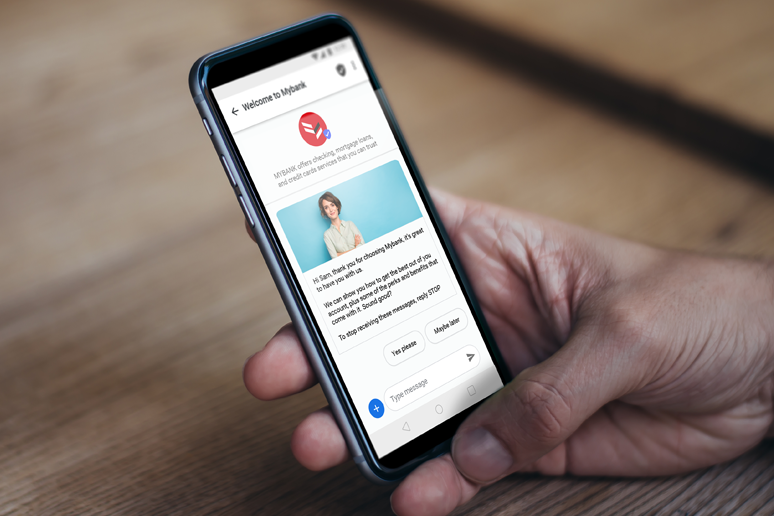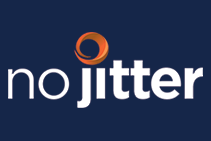As businesses search for ways to stay better connected to their customers and deliver frictionless digital interactions, rich messaging channels are increasingly in the spotlight. Over the last 12-24 months, there have been new features released, the testing of
different pricing models, and a number of new use cases have emerged as many organisations have accelerated their digital transformation projects.
What’s surprising is that some businesses are lagging behind and still not getting the ball rolling on testing the potential of such channels. From primary research we conducted with 2,000 respondents in the U.K. and U.S., one in two people (48%) said not being able to talk to a company through their chosen channel makes a poor customer service experience, therefore enterprises are missing out on the opportunity these channels represent to deliver great customer experience.
With communications-platform-as-a-service (CPaaS) providers are making it easier than ever to orchestrate conversational experiences over rich messaging channels through APIs, as well as offering services that help clients launch their first use cases. The time is now for businesses to start utilizing these channels to transform how they engage, share content, and offer services to their customers.
The channels for orchestrating conversational interactions
Owned and championed by major technology players like Google, Apple and Facebook, rich-messaging channels have emerged as a platform for orchestrating conversational interactions that inspire and maintain two-way conversations with customers. The key channels that need to be on your radar are:
While the above are our recommended channels that you should consider starting with, there are other channels that can be considered based on your company's needs, customer base, use case requirements, and geography. These include the likes of Viber, WeChat, Twitter, Facebook Messenger, Verified SMS, and Instagram.
Why invest in rich messaging?
1. Be where your customers are
Today’s consumers expect to be able to communicate with a business over the channels they use every day, not just the ones that are convenient for the business. Rich-messaging channels are helping businesses to meet these expectations, engaging with customers where they are — which is increasingly in their messaging inbox. Through a range of channels, customers can gain access to 24/7 self-service, fast responses to their questions, the ability to talk to agents, and valuable proactive updates.
2. Increased security
In a time where trust is important, and ‘smishing’ attempts via SMS are at an all-time high, rich-messaging channels offer increased security. All businesses operating on these channels are verified, making it much more difficult for fraudsters to imitate a company, and accounts are verified via a ‘tick ’badge. This not only gives customers peace of mind, but it means they are much more likely to engage with messages.
3. Rich features
Rich-messaging channels offer an array of features that help to deliver interactive, tap-based experiences — menus, carousels, and buttons guide customers through interactions very similar to how a mobile app operates. In addition, images, video, audio, and documents can be shared in-channel to elevate interactions through content.
Use cases across the customer lifecycle
The use case potential for rich-messaging channels is limitless — they offer the opportunity for businesses to improve interactions across every stage of the customer lifecycle.
Customers can easily discover and find businesses they want to engage with — for example, users can find a business through Google Search and Maps, and then click chat to instantly begin a conversation over Google’s Business Messages. In certain markets on WhatsApp, a user can find a business's profile through the app and then begin messaging, whereas Apple Business Chat is built into the iOS ecosystem. When the conversation starts, customers can ask questions, browse products, request to chat with an agent, and much more.
On the other hand, rich-messaging channels are also perfect for sending outbound messages that proactively take care of customer needs and ensure they know about the latest promotional offers. Demonstrating their effectiveness, when we helped Vodafone trial their first RCS campaigns, they saw response rates soar to 25% - by comparison, as part of the same campaign, SMS and MMS delivered response rates of around 1%.
Some popular use case examples that we see requested by clients include:
Marketing
- Welcome journeys
- Contextual promotional messaging
- In-channel browsing and purchasing
- Product back-in-stock reminders
- Abandoned basket notifications
Customer service and care
- FAQ/virtual assistant bots
- Customer satisfaction surveys
- Contact center agent chat
- Contact center query tracking
- Security alerts
Operations
- Proactive order tracking
- Delivery and appointment management
- Curbside pickup
- Payment reminders and next step recommendations
- Proactive disruption updates and follow-up actions
Download our guide to conversational messaging to learn more
To learn more about the rich-messaging channels transforming customer interactions through conversational experiences, download our
guide to conversational messaging. It dives into the different rich-messaging channels and why they are essential to delivering interactions that will win and retain customers.










